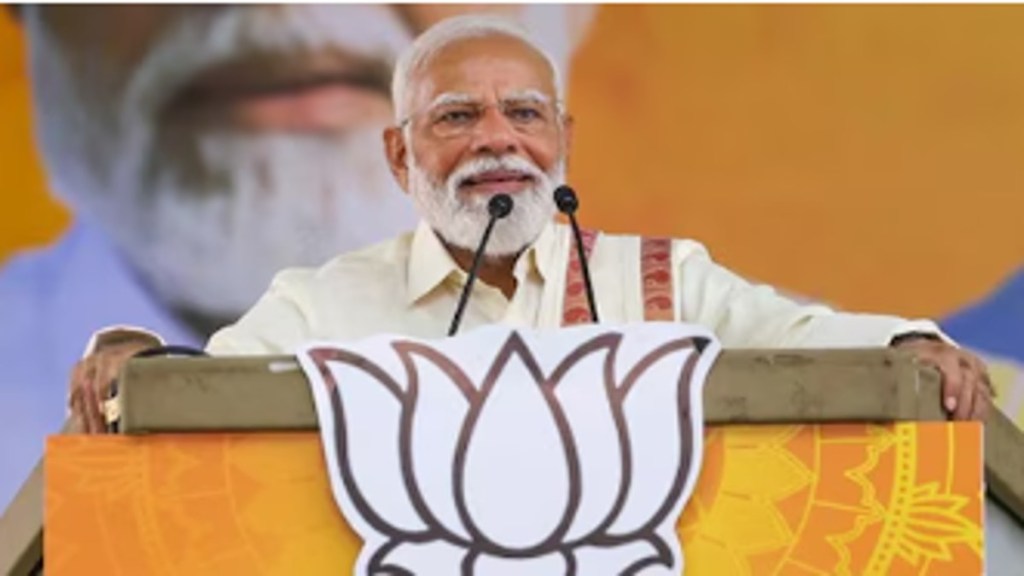In principle, the one nation, one poll proposal, cleared by the Cabinet on Wednesday, makes sense. Admittedly, a near-constant election cycle, and the short-termism this engenders, places a great burden on the exchequer. Consider the benefits from the perspective of cost, governance, and administrative convenience. The cost of holding general elections to the Lok Sabha is around Rs 4,000 crore for the central government. Each Assembly election would also cost a considerable amount of money according to the size of the state. While this is the official expenditure of the government, the expenditure by parties and candidates are many times higher. It’s obvious that simultaneous elections would entail a reduction in these costs. Also, given the competitive nature of electoral democracy, continuous elections affect policy discourse.
As at least five-six state elections happen every year, even ministers are in permanent campaign mode. The Kovind committee, which examined the proposal, recommended a two-stage process in 2029 by which one nation, one poll can be achieved. By reducing disruptions at work, the new schedule would ensure better productivity and development work would be smoother without repeated impositions of the model code of conduct. It would free up security agencies from voting-related duties and also allow politicians to focus on meatier work rather than poll-related gimmicks. These are important factors in the economic life cycle of an emerging country like India, which can do better with fewer distractions.
Despite the obvious benefits, there are many other issues to consider from democratic and constitutional perspectives. The bigger question is whether simultaneous elections will impose an artificial unitary character on a federal system of multiple diversities. The Kovind committee engaged cursorily with this concern even though by its own admission, 15 political parties have opposed the move. There were important dissent notes which seem to have been brushed aside. For example, former Chief Justice of the Delhi High Court AP Shah told the committee that simultaneous elections hinder political accountability as fixed terms offer representatives unwarranted stability without performance scrutiny. This is a valid concern which hasn’t been addressed. The panel recommended simultaneous polls for the Lok Sabha and state Assemblies as the first step followed by synchronised local body polls within 100 days. The latter, which requires ratification by not less than one half of the states, might prove to be a difficult one to achieve. An exercise that involves 3 million candidates can be impossible to deliver in such a short time because of voter fatigue and the logistics involved.
There are other issues, too. Conducting elections simultaneously to the Lok Sabha and all state Assemblies would result in national issues overshadowing regional and state-specific issues. Besides, to force states and Union Territories to hold elections at the same time as the Lok Sabha vote would require most legislatures to artificially shorten their ongoing terms, betraying the democratic mandates they are currently serving. Worse, this could be unsustainable. If a state’s government collapses halfway through its term, do the people need to wait until it’s time for the next Lok Sabha election before they get a chief minister? And if the central government collapses mid-term, should state governments fold up too? Clearly, the Cabinet clearance to the proposal should not be the last word on a proposal with far-reaching consequences that go beyond political-ideological lines. In days to come, the legitimate concerns of those who disagree must be heard respectfully, and heeded.


